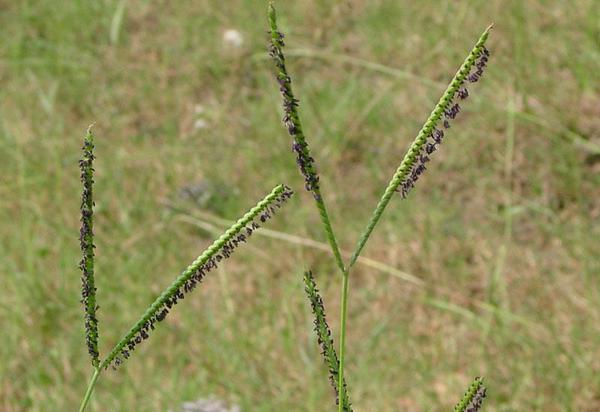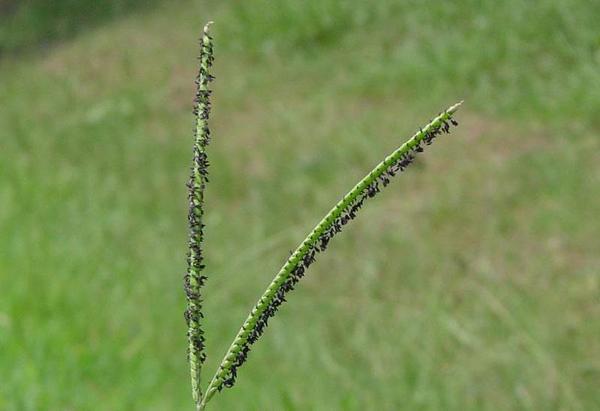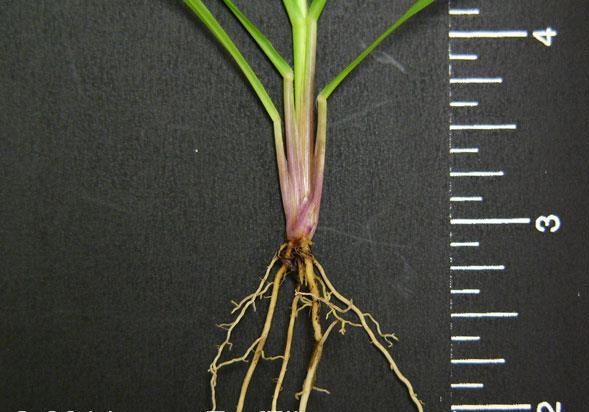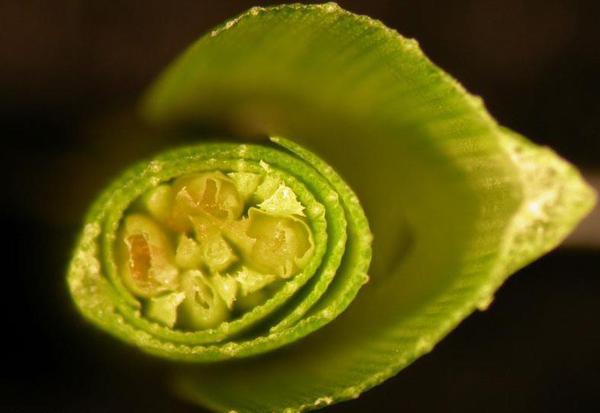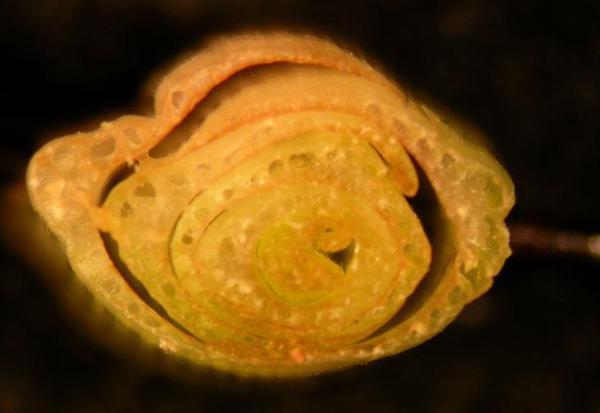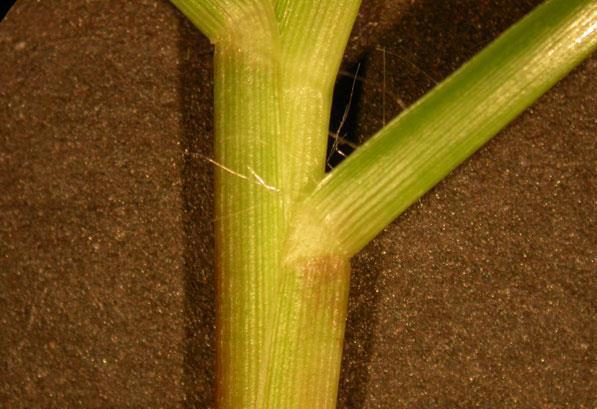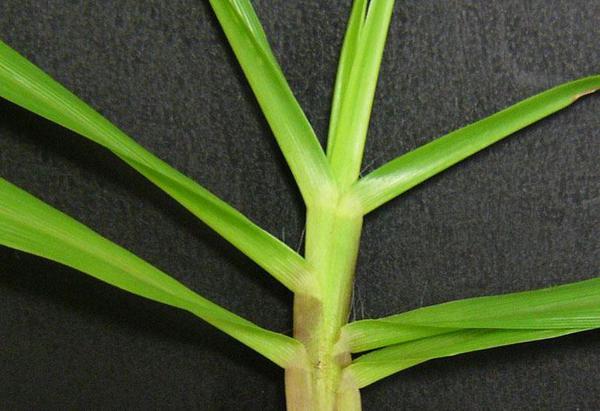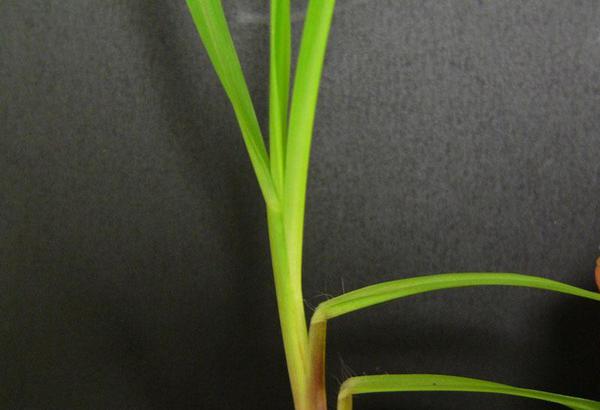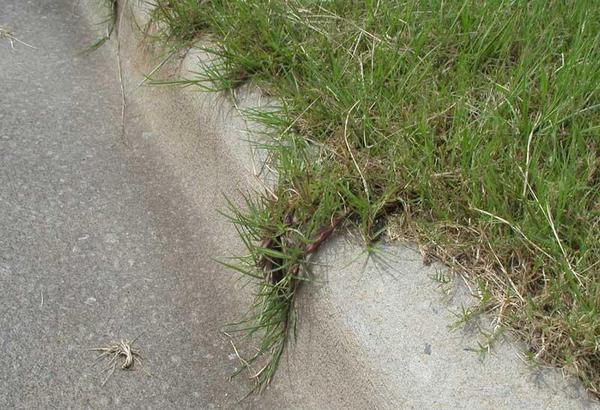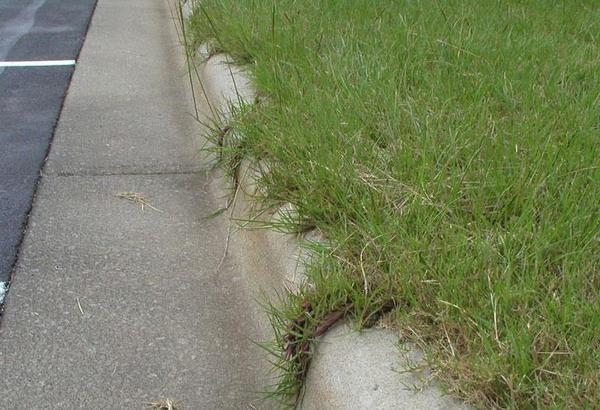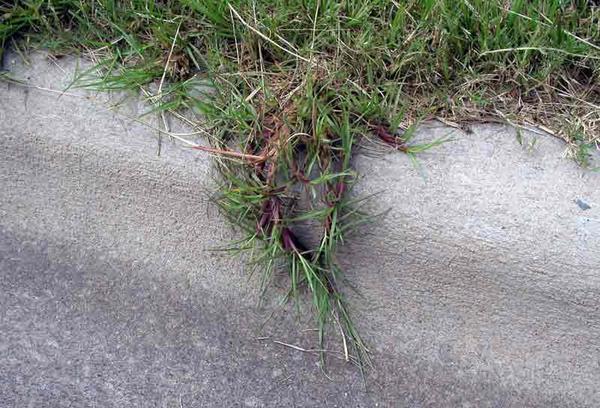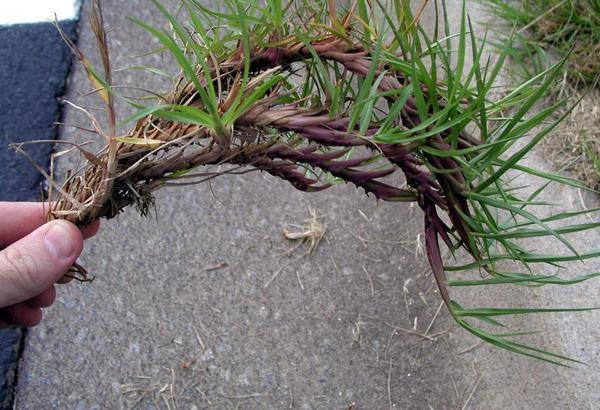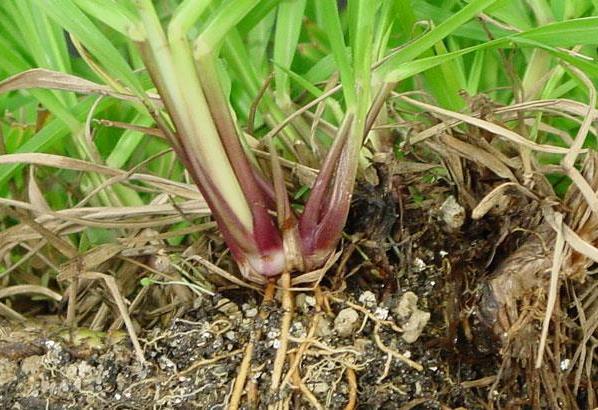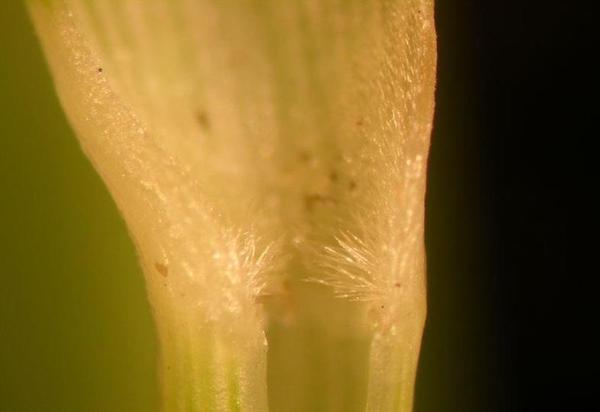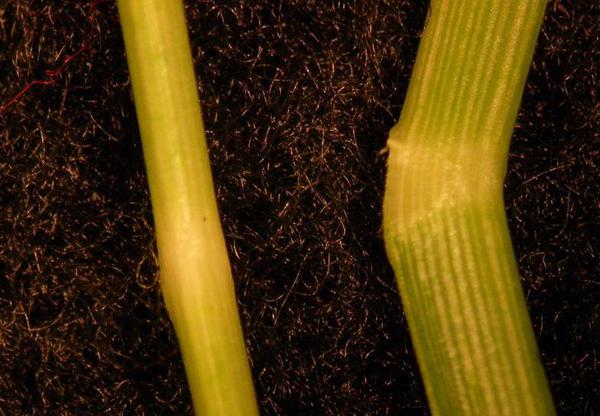Bahiagrass
en Español / em Português
El inglés es el idioma de control de esta página. En la medida en que haya algún conflicto entre la traducción al inglés y la traducción, el inglés prevalece.
Al hacer clic en el enlace de traducción se activa un servicio de traducción gratuito para convertir la página al español. Al igual que con cualquier traducción por Internet, la conversión no es sensible al contexto y puede que no traduzca el texto en su significado original. NC State Extension no garantiza la exactitud del texto traducido. Por favor, tenga en cuenta que algunas aplicaciones y/o servicios pueden no funcionar como se espera cuando se traducen.
Português
Inglês é o idioma de controle desta página. Na medida que haja algum conflito entre o texto original em Inglês e a tradução, o Inglês prevalece.
Ao clicar no link de tradução, um serviço gratuito de tradução será ativado para converter a página para o Português. Como em qualquer tradução pela internet, a conversão não é sensivel ao contexto e pode não ocorrer a tradução para o significado orginal. O serviço de Extensão da Carolina do Norte (NC State Extension) não garante a exatidão do texto traduzido. Por favor, observe que algumas funções ou serviços podem não funcionar como esperado após a tradução.
English
English is the controlling language of this page. To the extent there is any conflict between the English text and the translation, English controls.
Clicking on the translation link activates a free translation service to convert the page to Spanish. As with any Internet translation, the conversion is not context-sensitive and may not translate the text to its original meaning. NC State Extension does not guarantee the accuracy of the translated text. Please note that some applications and/or services may not function as expected when translated.
Collapse ▲Description
Bahiagrass (Paspalum notatum) is a warm-season species that spreads by rhizomes, and is easily recognized by its characteristic "Y-shaped" seedhead. It exhibits low overall quality because of its light color, coarse texture, and open canopy. Due to its rapid lateral spread via aggressive rhizome production it is primarily used in areas where erosion control and immediate ground cover are the main concern. It is frequently planted on roadsides and highway rights of way because it has good drought tolerance. In addition, bahiagrass has the ability to tolerate a wide range of soils. Unfortunately, it can be a very competitive and unsightly weed in highly maintained turf.
Bahiagrass as a Weed
Cultural Control
Bahiagrass is well suited for roadsides because of its good drought tolerance and general competitive ability in the southern United States. Unfortunately, it can be very competitive and unsightly in highly maintained turf. As with other perennial paspalums, bahiagrass can be difficult to control. Every effort should be made to prevent these weedy grasses from becoming established in turf, as selective control measures are usually difficult. Maintaining a dense, healthy turf year round by proper mowing and fertilization helps prevent encroachment and weed establishment.
Species Data
- SEEDHEAD / FLOWER
- VERNATION TYPE
- LIGULE TYPE
- membranous; dense white hairs on back, 0.04 inches (1 mm) long
Figure 8
- membranous; dense white hairs on back, 0.04 inches (1 mm) long
- GROWTH SEASON / LIFE CYCLE
- warm season turf or perennial weed
- AURICLE TYPE
- absent
- LEAF BLADE TIP SHAPE
- sharp-pointed; usually sparsely hairy along edge toward base, smooth on both surfaces
- LEAF BLADE WIDTH
- leaf blade mostly greater than 0.2 inches wide, 0.16 - 0.31 inches (4 - 8 mm)
Figure 9
- leaf blade mostly greater than 0.2 inches wide, 0.16 - 0.31 inches (4 - 8 mm)
- STOLON PRESENCE
- RHIZOME PRESENCE
- COLLAR TYPE
- SHEATH MARGIN
- open
Figure 19
- open
- SHEATH TYPE



